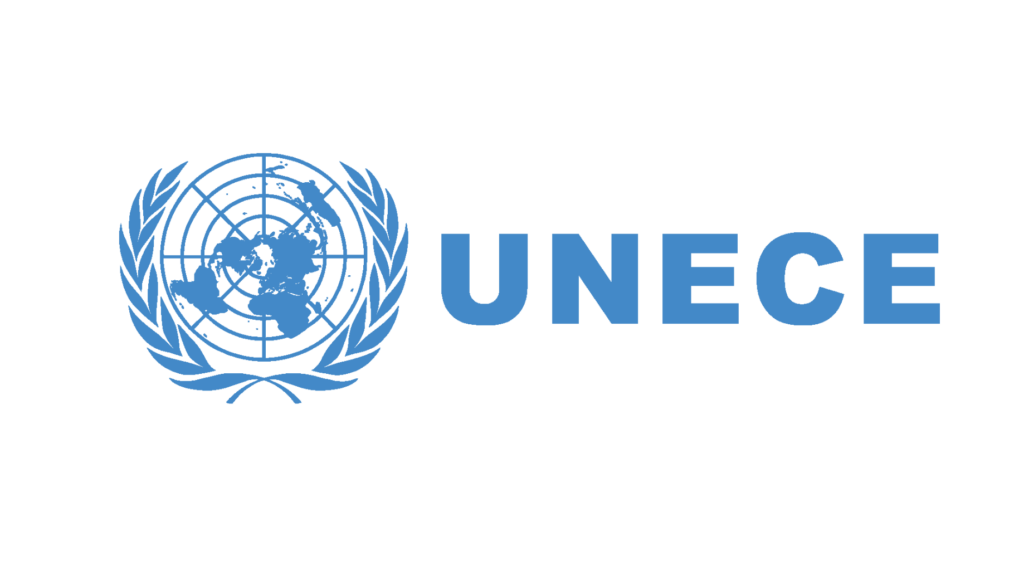The ECE regulation consists of technical standards used worldwide for vehicle safety and performance. Whether you are a manufacturer, installer, or vehicle builder, understanding these regulations is essential.
These standards are developed by the United Nations Economic Commission for Europe (UNECE). They define the minimum requirements that vehicles and vehicle components must meet to be approved for market entry.

In this article, we explain:
- Wat de ECE-regeling precies inhoudt
- What the difference is between the E-marking and ECE certification
- Which ECE standards are important for vehicle lighting
What does ECE mean and why is it important?
The ECE regulation is an internationally recognized system of vehicle standards that was originally introduced in Europe but is now also applied in countries such as Japan, South Korea, and Canada.
Each ECE regulation is identified by a unique number. For example:
- ECE R10: Electromagnetic Compatibility (EMC)
- ECE R65: Warning beacons and signal lighting
- ECE R48: Installation requirements for lighting
Fabrikanten moeten voldoen aan deze normen om hun producten legaal te mogen verkopen in de UNECE-lidstaten.
What is the difference between the ECE marking and the E-marking?
The ECE regulation establishes the technical standards for vehicle lighting.
The E-marking proves that a product complies with ECE standards and is therefore approved for the market.
In short: The ECE regulation sets the rules, and the E-marking shows that a product complies with these rules.
Important ECE Standards for Vehicle Lighting
To sell lighting on the European market, it must comply with specific ECE standards. Here are some of the most important ones:
ECE R10 – Electromagnetic Compatibility (EMC)
LED lamps can emit electromagnetic signals that interfere with radios and other electronics. ECE R10-certified lighting prevents these disturbances. Read more about ECE R10 standards.
ECE R23 – Reverse Lighting
All reverse lamps must comply with ECE R23 to ensure they do not dazzle other road users. Read more about the ECE R23 standards.
ECE R65 – Warning Lights
This regulation sets the requirements for beacons and flashers on emergency and work vehicles. Read more about the ECE R65 standards.
ECE R149 – Headlamps and Driving Lights
Lamps that illuminate the road ahead of the vehicle must comply with ECE R149 (formerly R112). This prevents glare for oncoming traffic. Read more about the ECE R149 standards.
What is the role of UNECE in the ECE regulation?
The UNECE is responsible for drafting and updating ECE regulations. In addition to vehicle lighting, UNECE regulations also cover:
- ADR Regulations: For the safe transport of hazardous materials
- Weight and Dimension Restrictions: Maximum vehicle dimensions
- Traffic Safety Requirements: Use of signal lighting such as beacons
Veel UNECE-normen worden direct opgenomen in de Europese wetgeving, waardoor ze bindend zijn in alle EU-landen.
Frequently Asked Questions about the ECE Regulation
Is the ECE regulation mandatory?
Yes, in most UNECE member states, compliance with ECE regulations is a requirement for the approval of vehicle components.
How do I know if a product complies with ECE standards?
Products that comply with the ECE regulation have an E-marking on the housing or packaging.
Is ECE regulation the same as UNECE regulation?
Yes and no. The UNECE establishes the rules, and the ECE regulation is the collection of technical standards within this framework. A complete overview of these regulations can be found on the official UNECE page.

